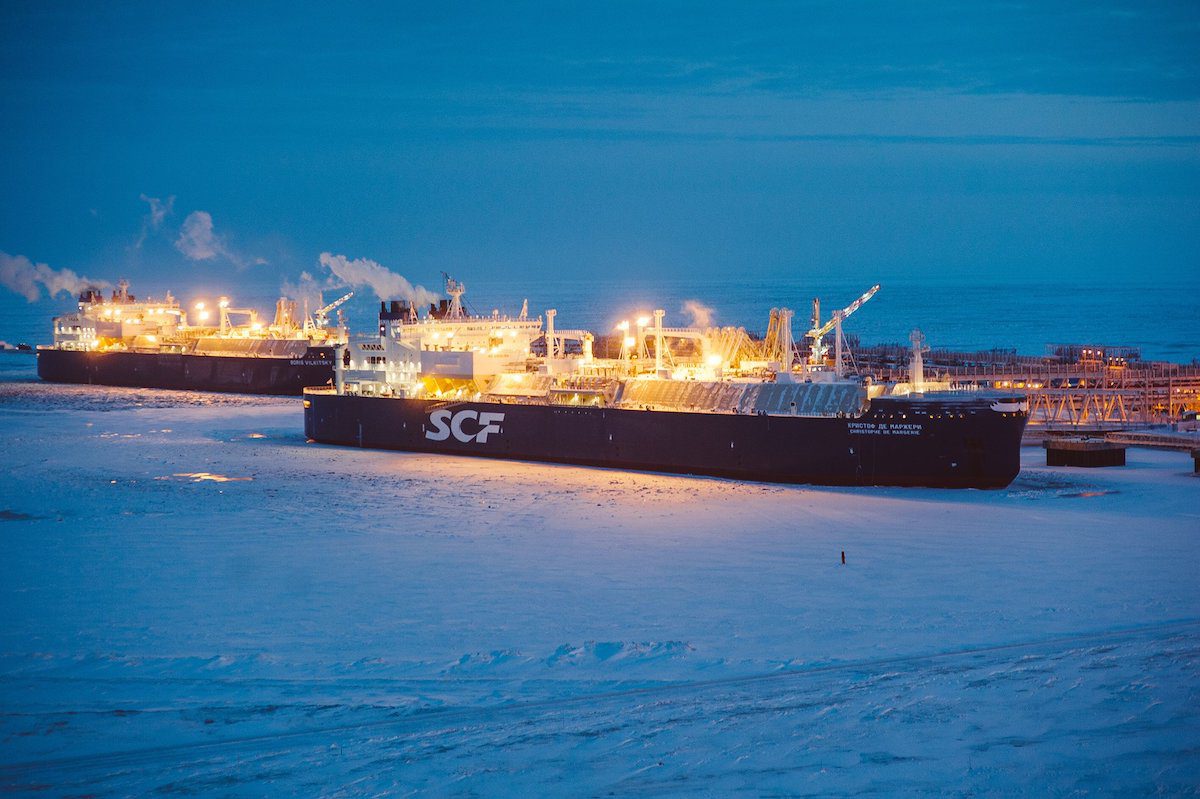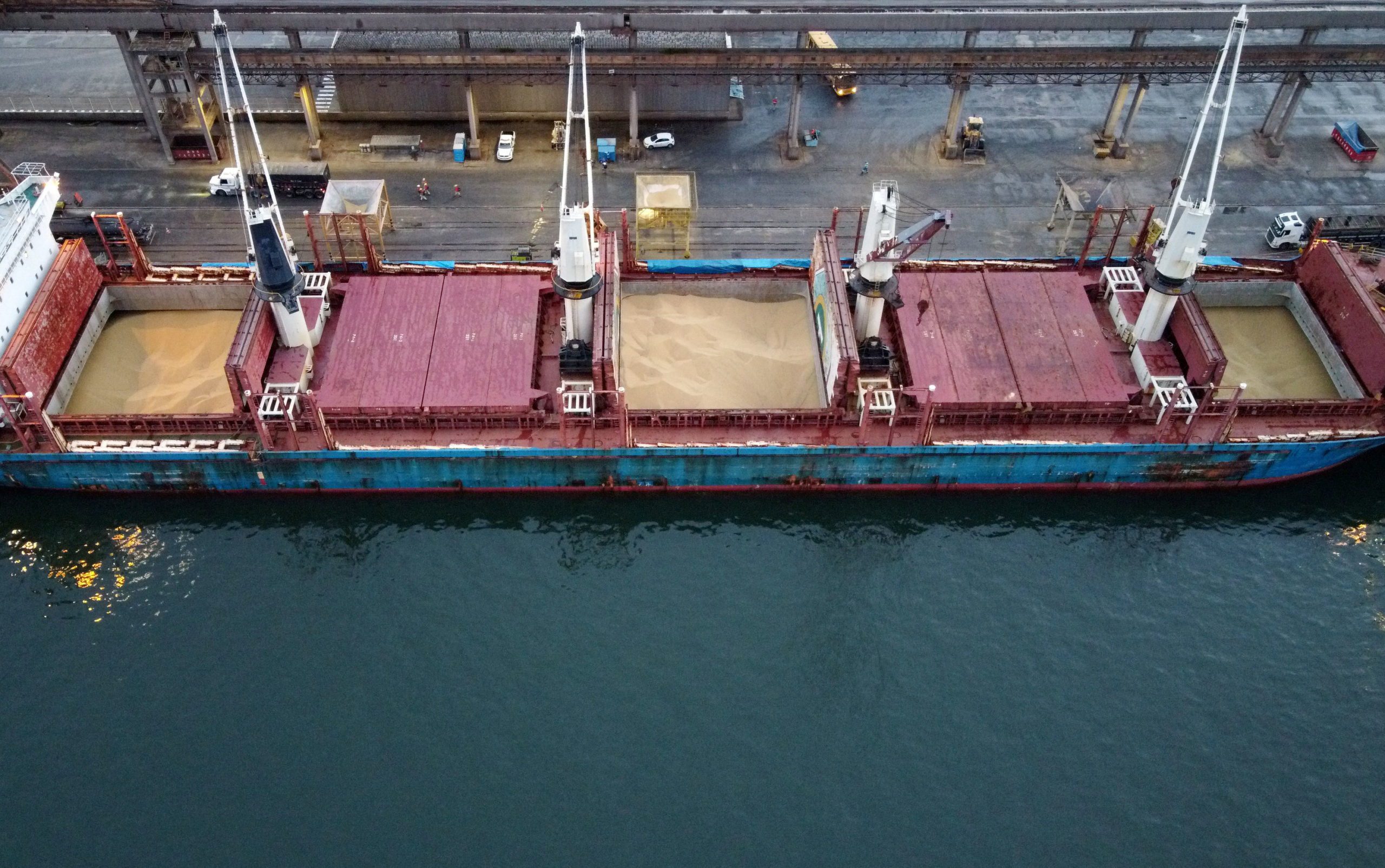By Stephen Stapczynski (Bloomberg) — China is stepping up its efforts to import US-sanctioned Russian gas, building the beginnings of a domestic “shadow fleet” of vessels that can transport the super-cooled fuel and circumvent restrictions imposed on one of the Kremlin’s flagship industries.
The world’s largest energy importer has ample — and often cheaper — gas coming through pipelines. These alternative seaborne purchases, however, are a means of further diversifying supply while also strengthening ties to Russia. President Vladimir Putin has made LNG a key piece of Russia’s future energy export plans, and it sorely needs willing buyers.
While the effort is still nascent, tanker movements and ownership in China are beginning to reflect the patterns seen in Russian oil and in LNG, where a shadow fleet has been built up to compensate for the loss of pipeline sales to Europe.
LNG tanker CCH Gas, carrying a blacklisted Russian cargo, is hiding its location as it nears a Chinese port, according to satellite and shipping data. Its registered owner, CCH-1 Shipping Co., has a Hong Kong address that is the same as postbox company Samxin Secretarial Services Ltd. — a common practice for companies seeking to obscure beneficial ownership as they trade fuel from Iran or Russia.
Another LNG vessel, recently renamed Kunpeng, has appeared near Singapore with a similar structure — opaque and therefore highly unusual for the industry, which requires specialized technical skills and tends to be concentrated with a small group of owners. It transferred its ownership and management to little-known firms in China and the Marshall Islands earlier this year, according to shipping database Equasis. The addresses link to firms that have traded other blacklisted fuels.
Russia has been building its own LNG dark fleet since last year, amassing over a dozen vessels registered to shell companies from Russia to India. This also comes as governments in the US and Europe are throwing more pressure on buyers of Russian oil and gas over Moscow’s 2022 invasion of Ukraine.
Building a shadow fleet for LNG is no easy task. That’s because the vessels that carry the -162C (-260F) fuel — used in power plants and heating — require more complex technology for loading and shipping than other products. And while there are nearly 8,000 oil tankers today of varying sizes, the entire LNG industry is closer to 800, which means hiding their location is challenging.
On the Wire
China will allow private investors to hold stakes of more than 10% in some railway and energy projects that were mostly funded by government money, effectively setting no limit to non-state participation in the ventures.
“Quick-lend-and-recover” practices are spreading in China as banks come under unprecedented pressure to hit government-set targets that can’t be met by real demand. The loans underscore a major challenge facing policymakers as China’s economy slows: They can make funds cheaper and more abundant, but they can’t force people to borrow, spend or invest.
Brazil and China have jointly championed climate action in recent years, as part of a move to reduce their own climate vulnerability and raise their international profiles. With US President Donald Trump withdrawing from global cooperation and the world seeking new sources of leadership, their moment has come.
© 2025 Bloomberg L.P.

 Join The Club
Join The Club











